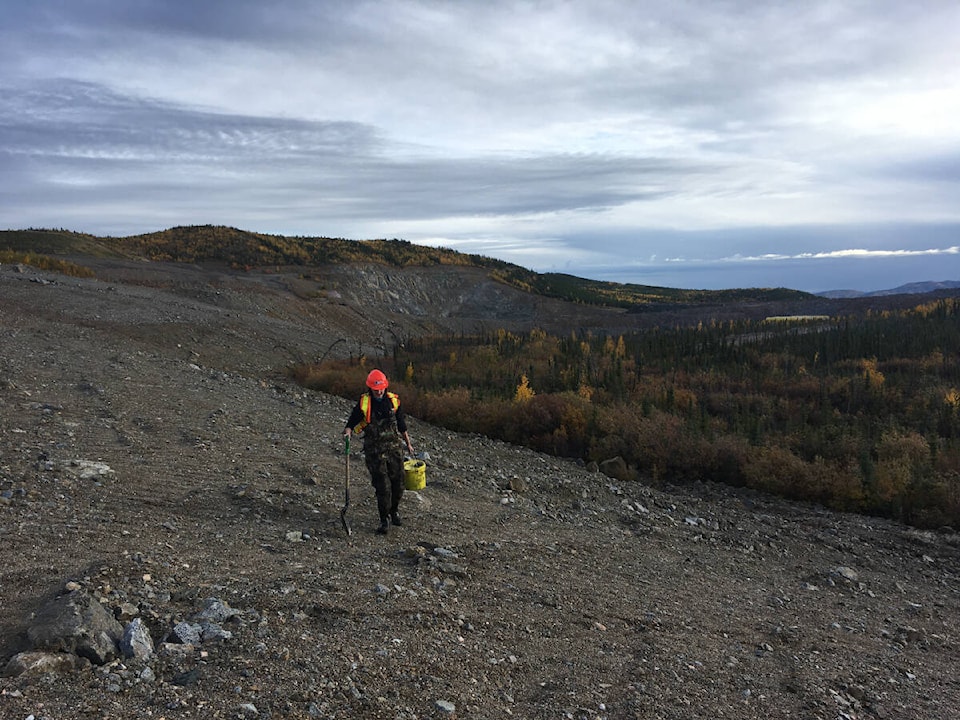Is the key to treating nitrate blasting residue left behind at the Yukon’s mine sites already in the territory’s soil? A Yukon University grad student is working to find out.
The university is being given $75,000 over the next two years to allow one of its students to look into treating contaminated mine water using bacteria already at the site.
The project is being supported by the Mitacs Acceleration program and Minto Metals Corp. The master’s degree work by Taylor Belansky was designed in partnership with the NSERC Industrial Research Chair in Northern Mine Remediation and Institut National De La Recherche Scientifique (INRS).
“We are grateful to develop this applied research project with the generous support of Mitacs and Minto Metals Corp.,” said Dr. Guillaume Nielsen, NSERC Industrial Research Chair in Northern Mine Remediation at Yukon University.
“With limited research on passive water treatments in cold climates, our results will be of interest both locally, and across the circumpolar North.”
Belansky is working towards a method of removing nitrate from mine water in cold climates. Nitrate, left behind by blasting, does occur naturally, but a surplus can be harmful to plants and animals.
“Belansky is imitating natural processes by using bacteria from the Minto Mine site to remove nitrate from contaminated water. This addresses an identified need from Yukon Mining Research Consortium to develop passive water treatments that can operate in cold climates with minimal maintenance requirements,” a notice from the university reads.
In order to collect and identify bacteria that might help treat the nitrate, Belansky has taken samples of water and soil from various locations at the Minto Mine site. Back at the lab, the samples will be placed in a device called a bioreactor which supports a biologically active environment. Conditions in the bioreactor will be varied in order to test and optimize the bacteria’s denitrification capabilities. Results from the test will be applied as a pilot project at the Minto Mine site.
$22,500 per year for the next two years is being furnished by Mitacs, a non-profit focused on creating partnerships between industry and universities. The remaining $30,000 will come from two annual contributions from Minto. The funds will be used for student wages for Belansky and a student research assistant.
Contact Jim Elliot at jim.elliot@yukon-news.com
